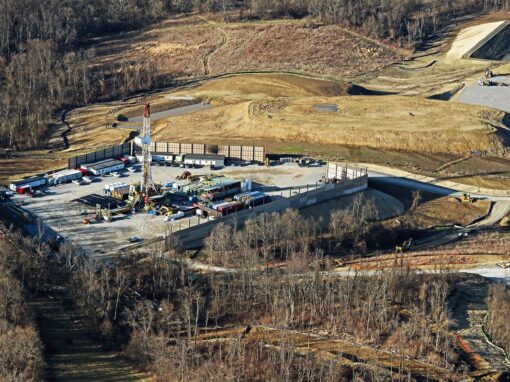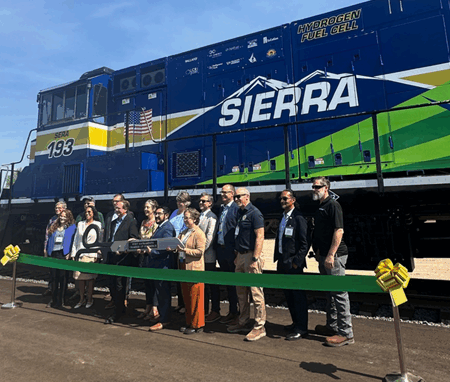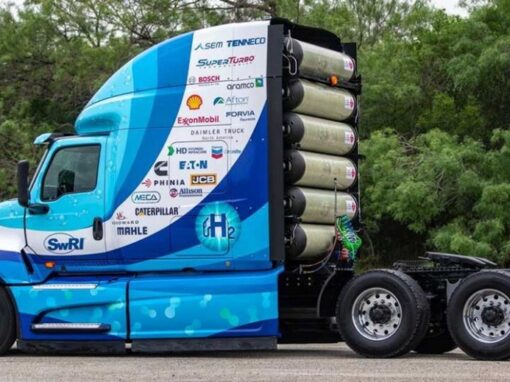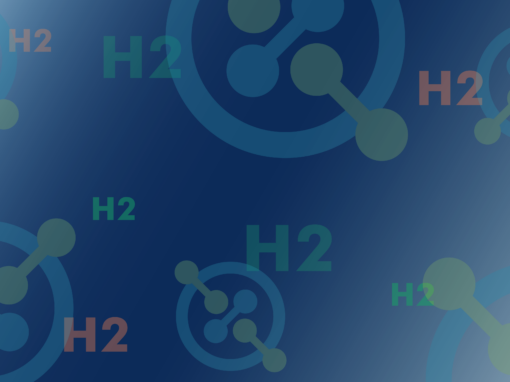Supported by strong investment from the public and private sectors, ports have set ambitious emissions reduction targets as they work towards becoming key drivers of large-scale industrial decarbonization. However, hydrogen deployments at ports are not a new concept. There has been interest in decarbonizing ports for some time, with the Department of Energy (DOE) supporting several successful projects and initiatives like the H2@Ports workshop in 2019. In this blog, we will dive deeper into the recent hydrogen activities taking place in ports across the United States and internationally.
In California, the Ports of Los Angeles and Long Beach have seen significant activity in recent years to develop hydrogen infrastructure. FCHEA member Toyota partnered with Kenworth to successfully prove the capabilities of ten heavy duty class 8 fuel cell electric drayage truck. The vehicle matched the performance of a diesel-powered drayage truck while eliminating all greenhouse gas emissions. At Toyota’s Port of Long Beach site, FCHEA member FuelCell Energy is working to install a 2.3 MW renewable biogas facility that will not only power the site but supply hydrogen to vehicles, as well as export additional electricity to the grid. FCHEA member Nuvera is powering the world’s first fuel cell container handler, manufactured by its parent company, Hyster-Yale Group. The Hyster® top-pick is currently in test at the Port of Los Angeles.

Hyster® container handler powered by hydrogen fuel cells (Source: Nuvera)
At a national level, ports are also increasing interest in hydrogen, with several joining broader coalitions in applying for the DOE’s Regional Clean Hydrogen Hubs program. The port of Corpus Christi is taking an active role in the development of the Horizons Clean Hydrogen Hub, aiming to connect large-scale clean hydrogen production in the Gulf Coast with a diversified array of owners, developers, off-takes, and end users.
Internationally, there is also significant interest in using hydrogen to decarbonize ports. Hyster-Yale Group is also using Nuvera® E-Series Fuel Cell Engines in pilot programs to power container handlers in the European Ports of Hamburg and Valencia. FCHEA member Plug Power recently signed a 30-year concession agreement with the Port of Antwerp-Bruges for a 35-tons-per-day green hydrogen generation plant. This comes as Belgium finalized its federal hydrogen strategy that envisions the Port of Antwerp-Bruges as an import and transit hub for green hydrogen in Europe.
Members of Congress are also responding to this proactive activity with legislation to support ports in efforts to decarbonize the economy. The bipartisan Hydrogen for Ports Act, recently reintroduced in the 118th Congress by Senators John Cornyn (R-TX) and Chris Coons (D-DE) would require the Department of Transportation to establish a grant program to support the use of hydrogen- or ammonia-fueled equipment at ports. The bill would also instruct the Secretaries of Energy and Transportation, in coordination with the Coast Guard, to conduct a study on the feasibility and safety of using hydrogen and ammonia as fuels in maritime applications.
As more industries move to decarbonize their operations, ports are in a unique position to lead the charge. From current installations to the potential for future robust federal investment, it has become clear that ports will drive hydrogen innovation into the next decade.



